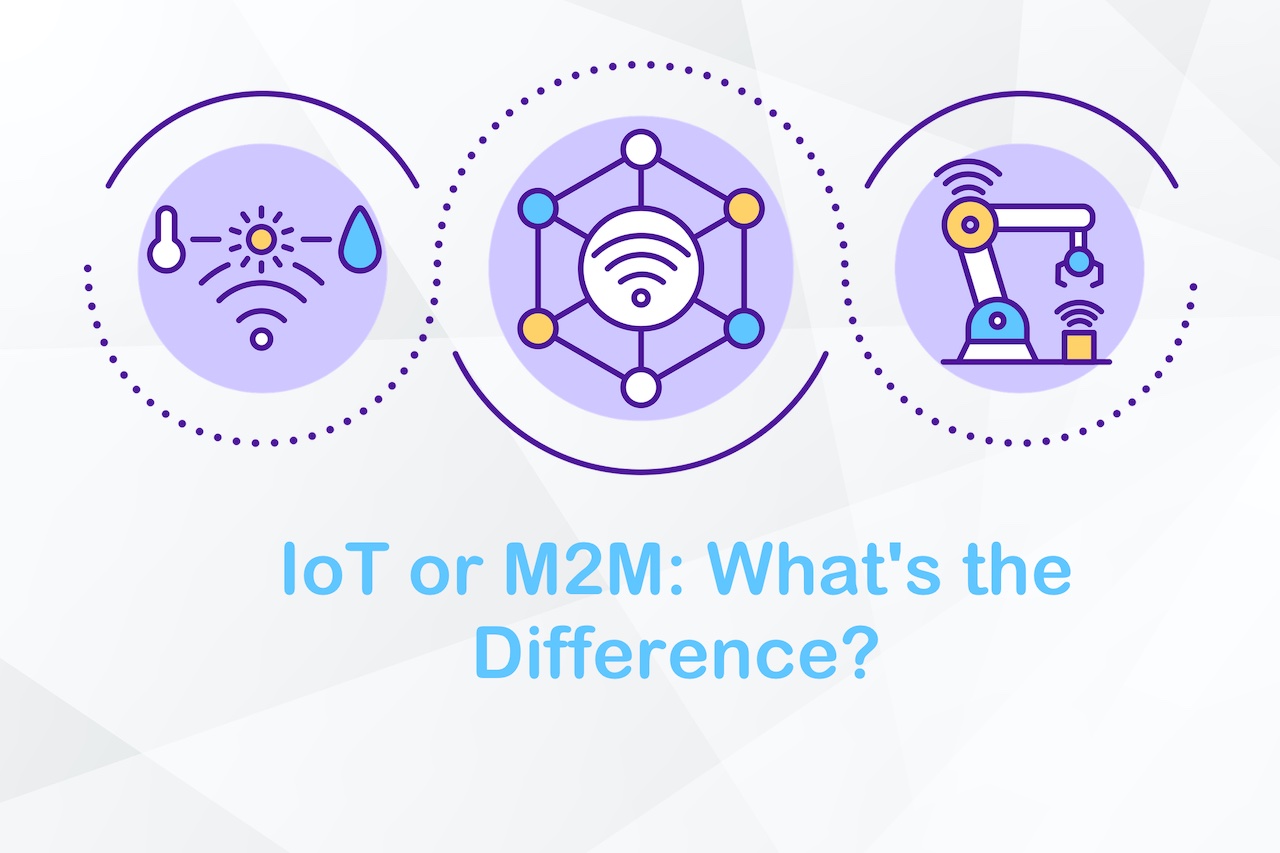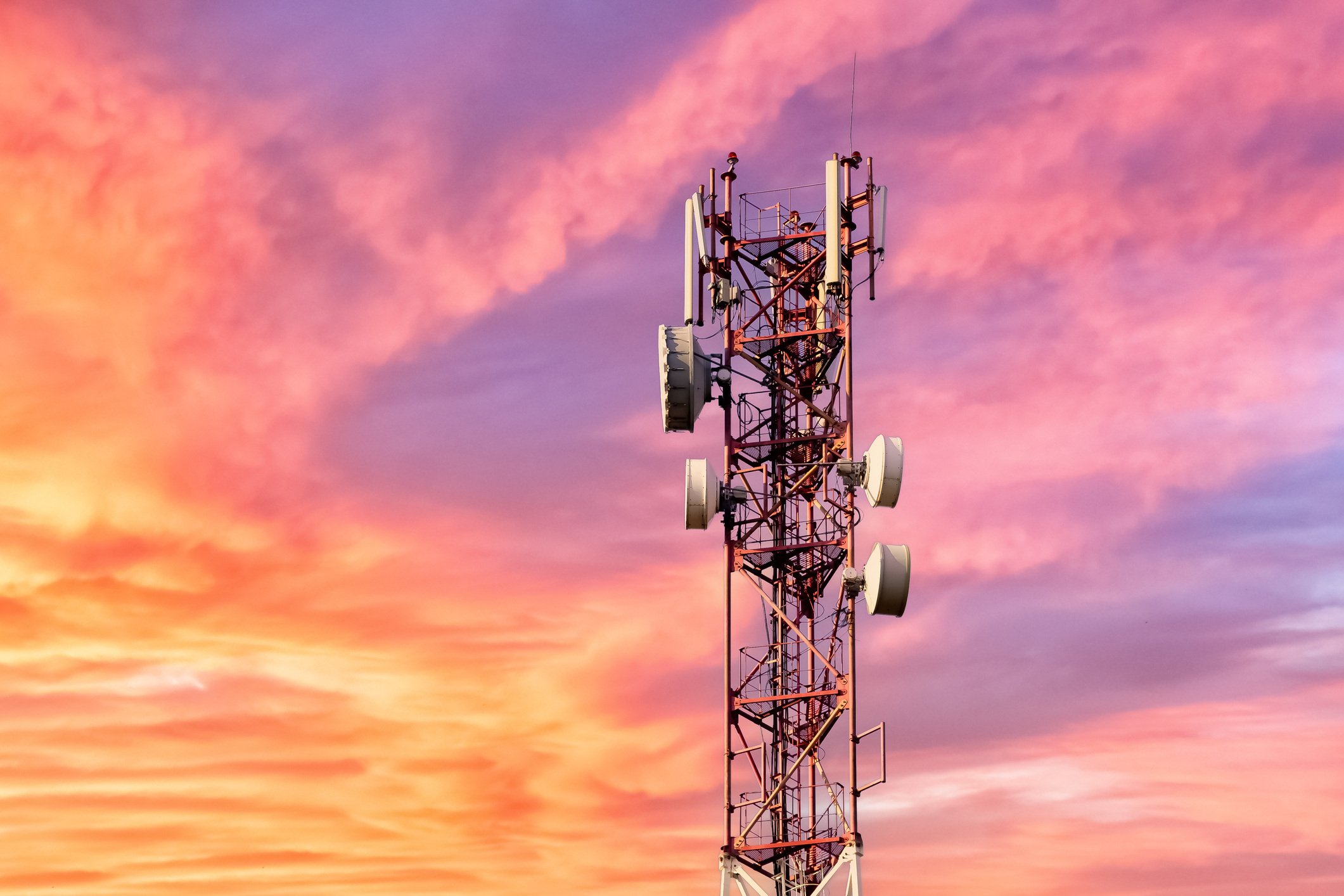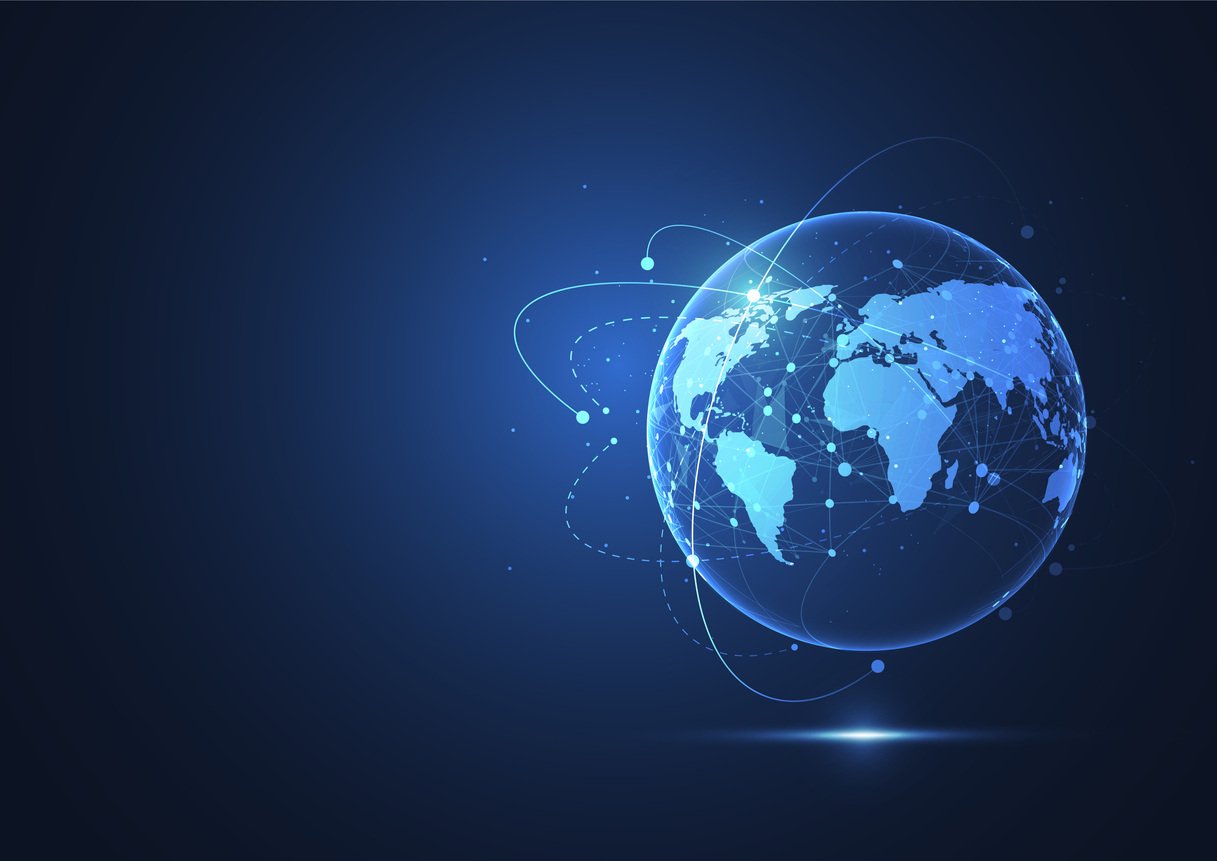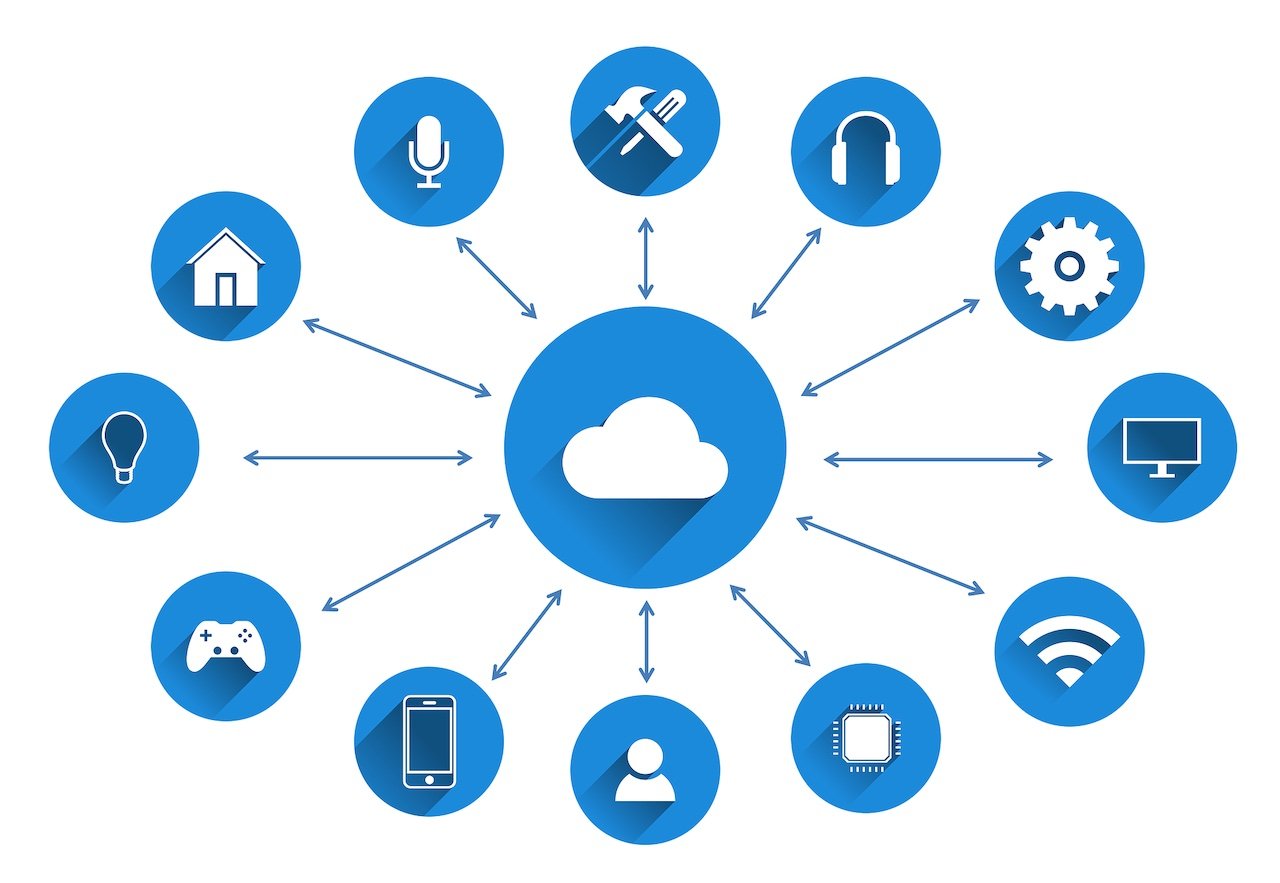
- April 2025 (1)
- March 2025 (2)
- February 2025 (1)
- December 2024 (2)
- November 2024 (2)
- August 2024 (2)
- June 2024 (3)
- May 2024 (3)
- April 2024 (1)
- March 2024 (3)
- February 2024 (2)
- January 2024 (2)
- December 2023 (1)
- November 2023 (2)
- October 2023 (2)
- September 2023 (1)
- August 2023 (1)
- July 2023 (2)
- June 2023 (3)
- May 2023 (2)
- April 2023 (1)
- March 2023 (4)
- February 2023 (1)
- January 2023 (2)
- November 2022 (2)
- October 2022 (1)
- September 2022 (1)
- August 2022 (2)
- July 2022 (2)
- June 2022 (2)
- May 2022 (1)
- April 2022 (3)
- March 2022 (1)
- February 2022 (3)
- January 2022 (2)
- December 2021 (1)
- November 2021 (1)
- October 2021 (2)
- September 2021 (3)
- August 2021 (1)
- July 2021 (4)
- June 2021 (1)
- May 2021 (2)
- April 2021 (2)
- March 2021 (2)
- February 2021 (3)
- January 2021 (3)
- December 2020 (1)
- October 2020 (1)
- August 2020 (1)
- August 2019 (1)
- January 2019 (2)
- September 2018 (5)
- June 2018 (1)
- November 2017 (1)
- September 2017 (1)
- July 2017 (1)
- May 2017 (1)
- January 2017 (1)
- October 2016 (2)
- August 2016 (1)
- July 2016 (1)
- June 2016 (1)
Subscribe by email
If you’re confused by the difference between IoT and M2M, well, you’re not alone. Even some of us in the industry consider these technologies to be the same, but with different labels. Let’s walk through what each is, the differences between them, and how to decide what technology to use for your connected product.
What is M2M?
M2M, or machine-to-machine, is a data exchange between devices using the internet. It’s a point-to-point connection between network devices that enables them to transmit data using cellular or ethernet technologies without any human intervention. M2M connects devices to the cloud or to another device so they can be managed and data can be collected remotely. It’s believed by many to be the predecessor of IoT, and it certainly helped set the foundation on which IoT is built. M2M has been around for decades.
An example of M2M technology is an ATM machine. ATMs have an internal computer that constantly communicates with a bank by using codes, allowing requested transactions to be completed. Users press the screen with a request to withdraw money, select the account, and the machine then delivers money. Or users request to make a deposit, select the account, insert a check, and the money is deposited to the correct account. There’s no need for a person to be involved, and the communication is efficient and fast.
What is IoT?
IoT is often seen as an evolution of M2M, and for a good reason. Both offer remote device access and networking. However, IoT increases the level of achievement for devices for consumers and enterprises. With IoT, an extensive network of devices is created to communicate both to the cloud and to other devices. It’s not simply a point-to-point connection. The devices are connected to a back end infrastructure that allows companies to see and manage their entire deployment of devices, providing even more opportunity and allowing for a wide variety of business applications.
There are examples of IoT devices and networks everywhere you look. We can turn on our lights and monitor our home through our mobile phones. Or, with Google Home and Alexa, we can use a simple voice command. We can track our vitals when we exercise, and we can get reminders to take our medications. Businesses can manage energy usage and secure their offices and stores with IoT. And manufacturing plants can increase automation, reduce manual maintenance efforts, and improve safety for workers. There are a lot of different applications for IoT, and we are quickly exploring its power.
IoT vs. M2M
You may have noticed that IoT and M2M are very similar, and that’s true. However, they are not simply the same technology with a different label. IoT and M2M are both growing technologies offering remote device access and networking, but they also have some important differences as well.
A simple example to help you visualize one of the big differences between IoT and M2M is to consider a smart refrigerator. When it’s connected, a smart fridge sends data, commonly known as telemetry data, back to the manufacturer to help them understand usage and maintenance needs. For example, a manufacturer can determine how many cycles the fridge has to run before it needs service, which can inform future product development. This functionality is like M2M. Whereas with IoT, a smart refrigerator may proactively alert users that their water filter needs to be changed, and it can go ahead and order one based on the usage data. IoT provides the mechanism for translating the data into action.
There are other differences between IoT and M2M as well. One thing already mentioned that’s significant is that M2M is a point-to-point connection where IoT is larger-scale integrations in a cloud network. This distinction is important because IoT allows for scalability as devices can easily be integrated into an existing network. With M2M, this can be a labor-intensive process to set up and maintain networks as new point-to-point connections must be created for each new device.
IoT takes the same machine-to-machine connectivity of M2M and further integrates web applications, taking advantage of the analytics and additional data available with third party services. The communication is different, as a result. IoT sensors use IP networks protocol used for transferring data traffic on the internet.
For example, you may have an electronic, M2M thermostat that notifies you via a text message if the heating or air conditioning system is failing, or another one that is IoT enabled that uses sensors around the house to let you know what the real ambient temperature is of all of the rooms, if the filters need to be replaced and can be ordered (subscription opportunity), and can also be managed by the power company to help lower your rates when you are on vacation. IoT can also tie to your smart car so it can detect when you are coming home and turn on the heat to warm the house in the winter or the AC to cool the house in the summer while you are on your way home.
With the increasing importance of IoT data and analytics, new technologies are being created to leverage artificial intelligence and machine learning. They are taking the data produced by the IoT network devices and making a way to stimulate action. This is an area of tremendous growth and opportunity for IoT.
How to Decide Between M2M and IoT
With all of the advantages of IoT over M2M, you might think M2M is being phased out. However, there’s still a place for M2M in the foreseeable future, and knowing the differences between these technologies will help you choose which is best for your application.
You may choose M2M when:
- You don’t need a rapidly scalable network.
- Your application needs to be operational regardless of whether a Wi-Fi connection is available.
- There’s only a limited set of tasks that need to be executed.
M2M shines with wearable devices like smartwatches and activity devices. They send your vitals like heart rate and physical activity to your smartphone, and you can get texts and push notifications. Also, smart utility meters use M2M to track energy usage in real time. Industrial companies also use M2M-powered robots for stocking shelves in a warehouse and picking products for shipping.
You’ll likely consider IoT if:
- You need to connect many different devices through a scalable networking cloud.
- You have reliable access to Wi-Fi or cellular networks.
- Your application requires data for the activities it performs.
IoT can be used for wearables as well, and it really demonstrates its value for wearables that interpret the data provided. For example, a sensor may alert caregivers about medical issues like seizures, a dangerous blood sugar level, or a cardiac incident. Self-healing machines in factories can manage their own maintenance with IoT, making it easier and safer for workers. Or, a surveillance system can notify police about a break-in at a home or business. All of these are possible through advances in IoT.
Will You Decide on M2M or IoT?
M2M and IoT are both technologies used by consumers and businesses. There are plenty of applications where connectivity is the primary value, and in those, M2M shines. For those seeking scalability and data-driven activities and decision-making, IoT will be the way to go. Either way, both of these technologies will continue to create new opportunities in this growing market.
Need help selecting the technology you need to support your connected product? Schedule a call to chat with our IoT and M2M experts.
Related Content
The latest IoT insights and platform updates from Zipit.
IoT devices need flexible network technologies optimized for low-power application...
The network an IoT device selects significantly impacts the strength and reliabili...
Deploying an IoT solution brings significant value to businesses, but it also intr...



